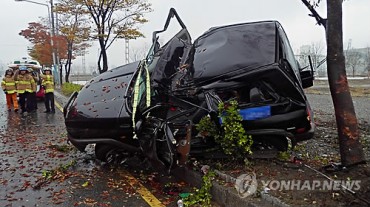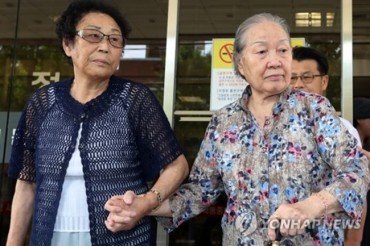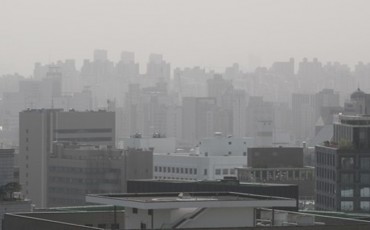
A recent study has revealed a significant concentration of doctors in the Seoul metropolitan area. (Image courtesy of Yonhap)
SEOUL, Nov. 6 (Korea Bizwire) – A recent study has revealed a significant concentration of doctors in the Seoul metropolitan area, resulting in approximately half of the country’s provinces being designated as “medical vulnerable areas,” where access to medical facilities for childbirth and emergency care is limited.
The ’2022 Medical Vulnerable Areas Monitoring Study’ report, submitted by the National Medical Center (NMC) to the Ministry of Health and Welfare, has identified 108 out of the country’s 250 cities and districts (43.2 percent) as medical vulnerable areas for childbirth, particularly in regions like South Gyeongsang Province, North and South Jeolla Provinces, and Gangwon Province, which are distant from the capital.
Medical vulnerability is determined when more than 30 percent of the childbearing population aged 15 to 49 cannot reach a delivery room within 60 minutes. It is also considered a concern when less than 30 percent of delivery room users can access these facilities within the same timeframe. These issues reflect the scarcity of maternity care specialists and the strong concentration of services in metropolitan areas, making it challenging to find maternity units in rural areas and causing shortages of doctors in hospitals with maternity units.
Moreover, the NMC classified 98 out of 250 cities and counties (39.2 percent) as “emergency medical vulnerable areas” based on the time it takes to reach an emergency medical center.
The survey revealed that the situation is exacerbated by the severe shortage of physicians in both delivery and emergency medical care in regions outside of the metropolitan areas. In contrast, very few of the core municipalities in Seoul or its metropolitan vicinity are vulnerable.
The problem of healthcare being concentrated in the capital is underscored by the results of a nationwide survey of doctors conducted by the Research Institute for Healthcare Policy (RIHC). According to the survey, in 2020, 38.1 percent of the 6,340 respondents were working in Seoul, a substantial increase from 26.4 percent in 2016, indicating an 11.7 percentage point rise over four years.
The Gyeonggi region also saw an increase from 18.4 percent in 2016 to 21.1 percent in 2020, while Incheon’s share rose from 4.7 percent to 5 percent during the same period. Together, these three regions accounted for 64.2 percent of the physician workforce in 2020, up from 49.4 percent in 2016, highlighting the fact that more than 6 in 10 physicians work in the Seoul metropolitan area.
The city with the most significant loss of physicians was Busan. In 2016, Busan had a 7.9 percent share of working physicians, the third-highest after Seoul and Gyeonggi. However, in 2020, its share dropped significantly to 4.6 percent, falling behind Incheon.
Ulsan, a metropolitan city with a population of over 1 million, saw its share of working physicians decrease from 2 percent to 0.9 percent during this period, with fewer than 1 in 100 physicians practicing locally.
M. H. Lee (mhlee@koreabizwire.com)






